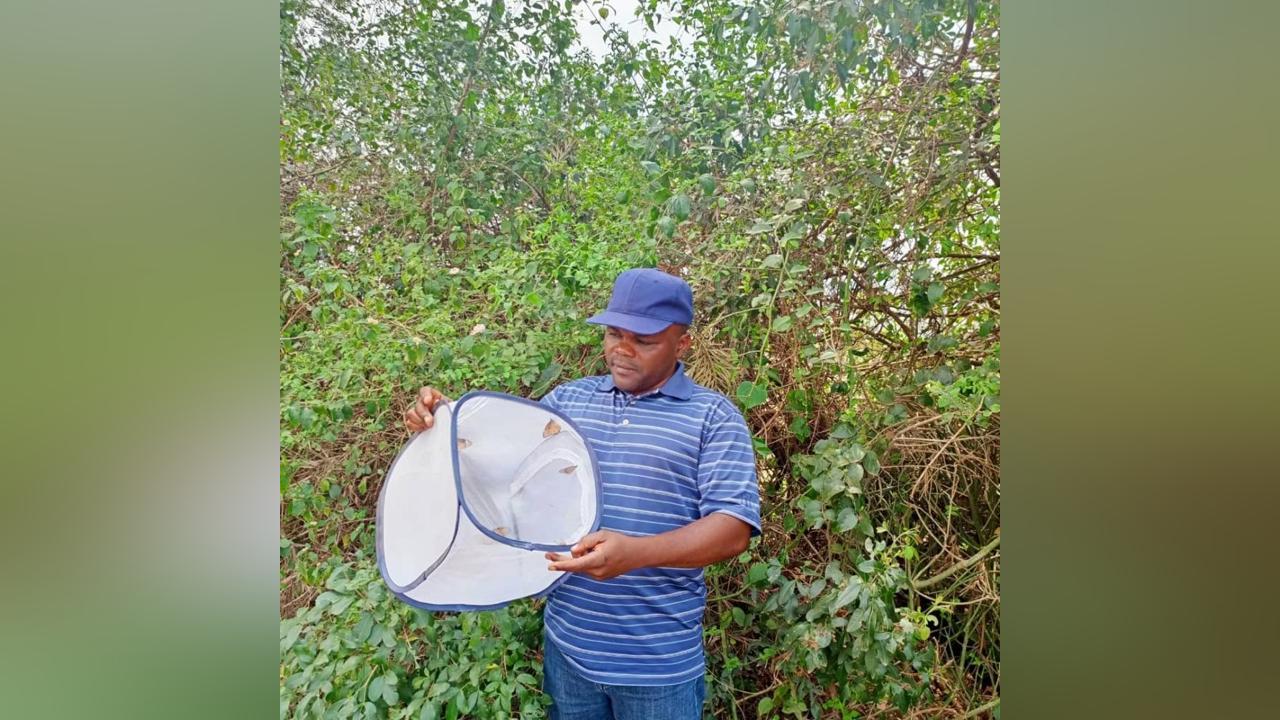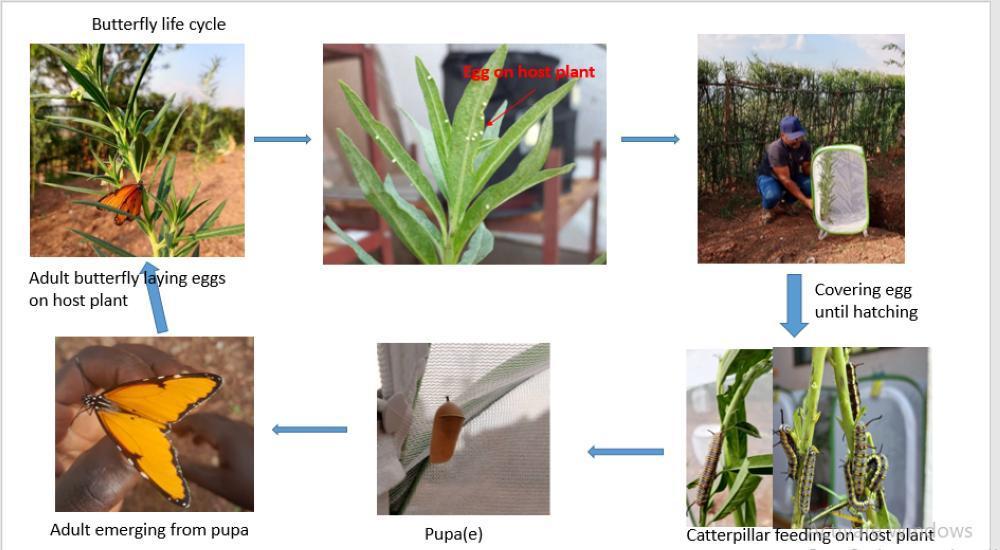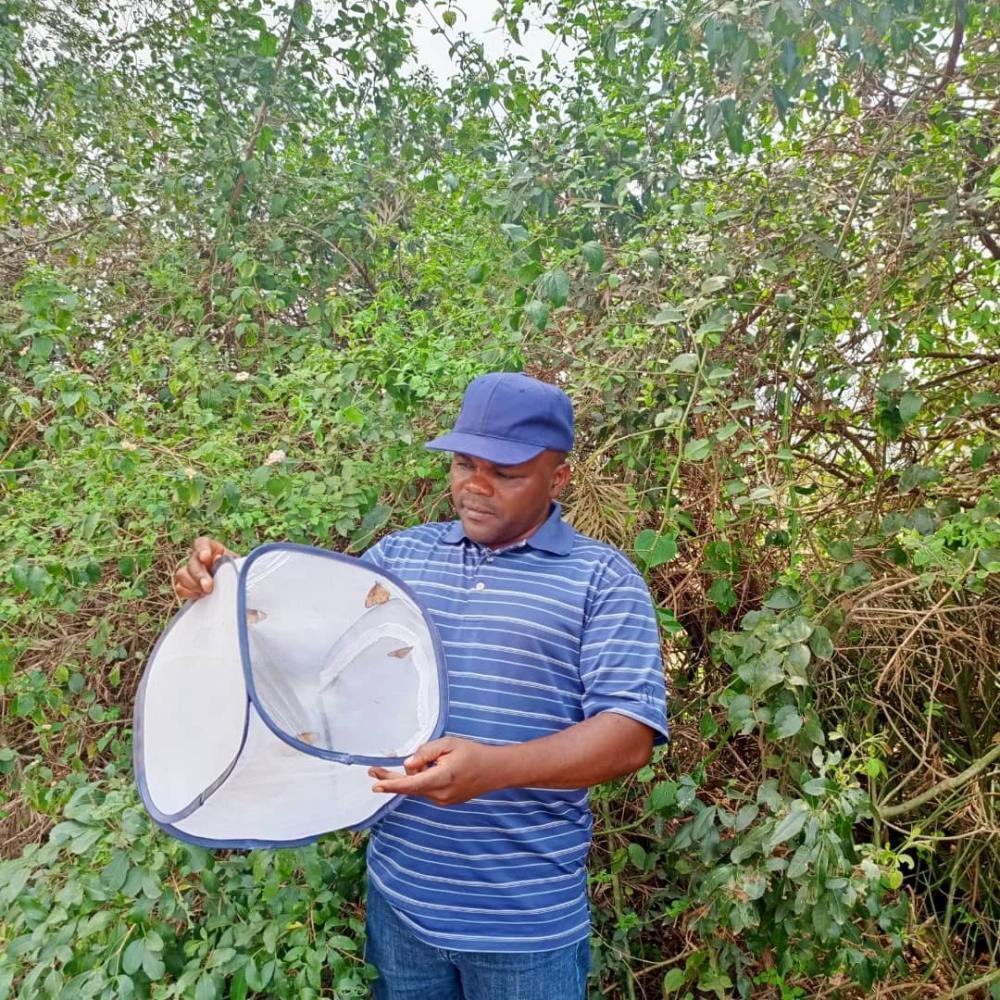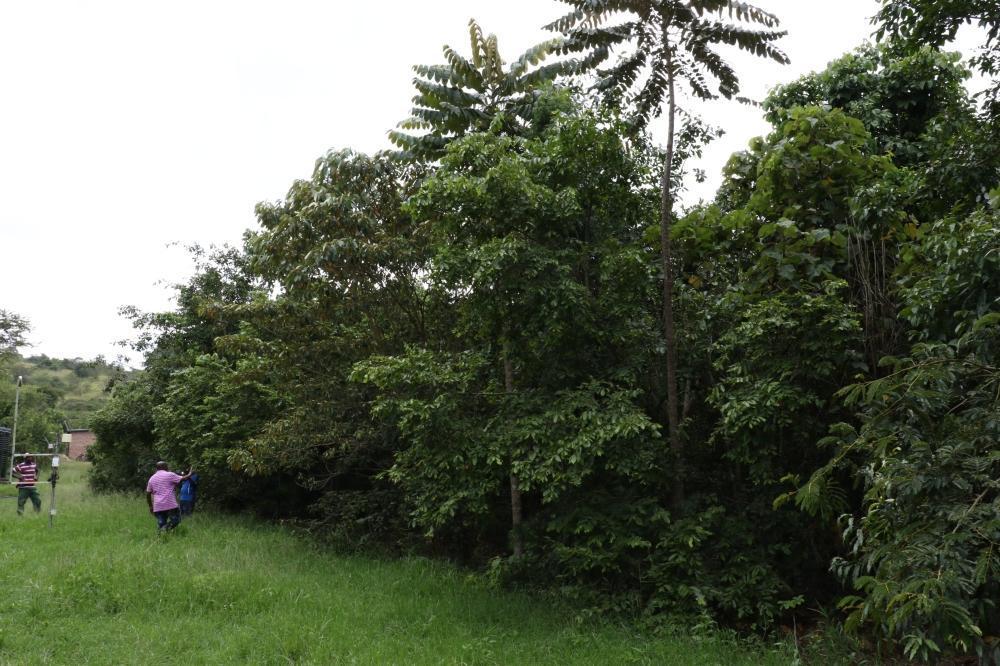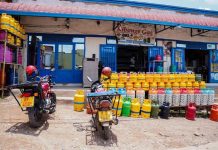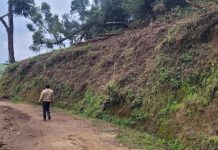Africa-Press – Rwanda. Rwandan researchers have piloted ‘butterfly farming’ as a practical solution to reduce pressure on Ibanda-Makera Forest in Kirehe District.
Scientists suggest protecting the forest requires giving surrounding communities meaningful alternatives that reduce dependence on destructive practices.
Butterfly farming is being piloted near Ibanda-Makera as demand for butterflies for eco-tourism, live exhibit houses, and conservation education rises.
The 169-hectare forest along the Akagera River is one of Rwanda’s important natural remnants.
It shelters blue monkeys, baboons, birds, butterflies, and 124 native tree species, while providing clean air, rainfall regulation, fertile soils, and water filtration.
Butterfly cycle
In two decades since the early 2000s, the forest lost nearly 80% of its size due to farming, tree cutting, burning, and hunting.
These pressures fragmented the forest, weakened ecosystems, and threatened both biodiversity and community livelihoods.
“Butterfly farming has been shown to provide an ecologically and financially sustainable alternative for forest-adjacent communities as they influence positive attitudes towards forest protection,” said Dr. Jean de Dieu Uwizelimana, a butterfly scientist and lecturer at the University of Rwanda.
Dr. Jean de Dieu Uwizelimana, a butterfly scientist and lecturer at the University of Rwanda.
Families can breed butterflies at home and sell live pupae to exhibit houses such as Umusambi Village Butterfly House in Kigali, which already attracts eco-tourists and schools.
To protect natural populations, farmers are encouraged to release 10% of farmed butterflies back into the wild.
Butterfly farming is accessible, low-cost, requires little space, and fits rural households.
“The process is straightforward: butterflies lay eggs on host plants, which hatch into caterpillars; these are cared for until they form pupae for sale.
This may provide sustained income, especially in rural areas. One pupa costs between 50 cents and $1.25 in Kenya exports to Europe,” said Uwizelimana.
Beyond income, butterfly farming promotes indigenous tree planting, since these trees serve as host plants.
Planting contributes to carbon sequestration and climate change mitigation.
Scientists call for butterfly exhibits across Rwanda, particularly in protected areas such as Nyandungu Eco-Park, to support eco-tourism, education, and farmer markets.
“If we display species with striking colours like the African Queen and Swallowtails, generating income from butterfly farming will motivate farmers not to encroach on threatened forests,” Uwizelimana added.
Experts see the model as a win–win: improving livelihoods, reducing forest fragmentation, and conserving biodiversity.
Lessons from East Africa
The model draws inspiration from Kenya and Tanzania. It was first developed by Prof. Ian Gordon in Kenya, where butterfly farming encouraged communities to conserve forests, recognising healthy habitats sustain butterfly populations.
In Kenya’s Arabuko-Sokoke Forest and Taita Hills, and Tanzania’s East Usambara Mountains, butterfly farming generated significant revenue while reducing ecosystem pressure.
Since 1994, Arabuko farmers have earned over $2.2 million from exporting pupae to Europe and North America.
“This industry is sustained by visitors paying gate fees to see large numbers of colourful butterflies in a confined space. It depends on weekly imports of exotic butterflies from the tropics,” said Uwizelimana.
In April 2022, Arabuko farmers exported pupae worth $2,900 to the UK, with each selling for $1–$1.50.
Beyond exports, butterfly farms serve as tourist attractions and educational centers, teaching local and international visitors about biodiversity and conservation.
Rwanda’s pilot project
The Rwandan pilot project is led by Dr. Uwizelimana with Constantin Sibomana, zoologist and curator of the Rwanda National Zoological Collection.
Sibomana studied at the University of Edinburgh and gained hands-on experience with Kenya’s Kipepeo Butterfly Project.
“From skills I gained in Kenya, I have seen that women and youth are especially interested in butterfly farming,” Sibomana said.
“This gives hope for adoption in Rwanda, where these groups are often underrepresented in conservation.”
His research in Eastern Rwanda also explores butterfly population dynamics, climate change effects, and unique behaviours such as male killing in Danaus chrysippus, which skews sex ratios.
Scientists stress that butterflies are not only income sources but also indicators of environmental change.
“Butterfly farming is considered an ecosystem-based adaptation approach in Rwanda. By providing income and supporting conservation and tree planting, it qualifies as an adaptation strategy for Ibanda-Makera,” Uwizelimana explained.
Research findings and recommendations
Surveys in May–June 2023 documented 112 butterfly species in Ibanda-Makera’s savannah woodland and gallery forest.
These belong to five families and 17 subfamilies, dominated by Nymphalids.
With support from the University of Rwanda and Rwanda Environment Management Authority (REMA), researchers identified the most suitable species for farming—those breeding easily in confined spaces and attractive to eco-tourists.
Cooperatives have been trained in butterfly breeding, while host trees are being planted to sustain populations.
“Local cooperative communities have been trained on butterfly breeding. Indigenous trees such as Gomphocarpus physocarpus, commonly known as balloon plant, serving as host plants, have been planted around Ibanda-Makera,” Uwizelimana noted.
Based on findings, scientists recommend butterfly exhibits in every protected area, including Nyandungu Eco-Park and around Akagera National Park, to provide markets for farmers and expand eco-tourism.
They also stress using butterfly species as biological indicators for monitoring forest restoration and ecosystem health given that they are indicators of environmental change.
By observing changes in populations, scientists can evaluate conservation measures and detect early warning signs of environmental stress.
Scaling up butterfly farming around threatened forests could become a cornerstone of Rwanda’s biodiversity conservation and climate change strategies, the scientists recommended.
Ibanda-Makera forest
For More News And Analysis About Rwanda Follow Africa-Press

